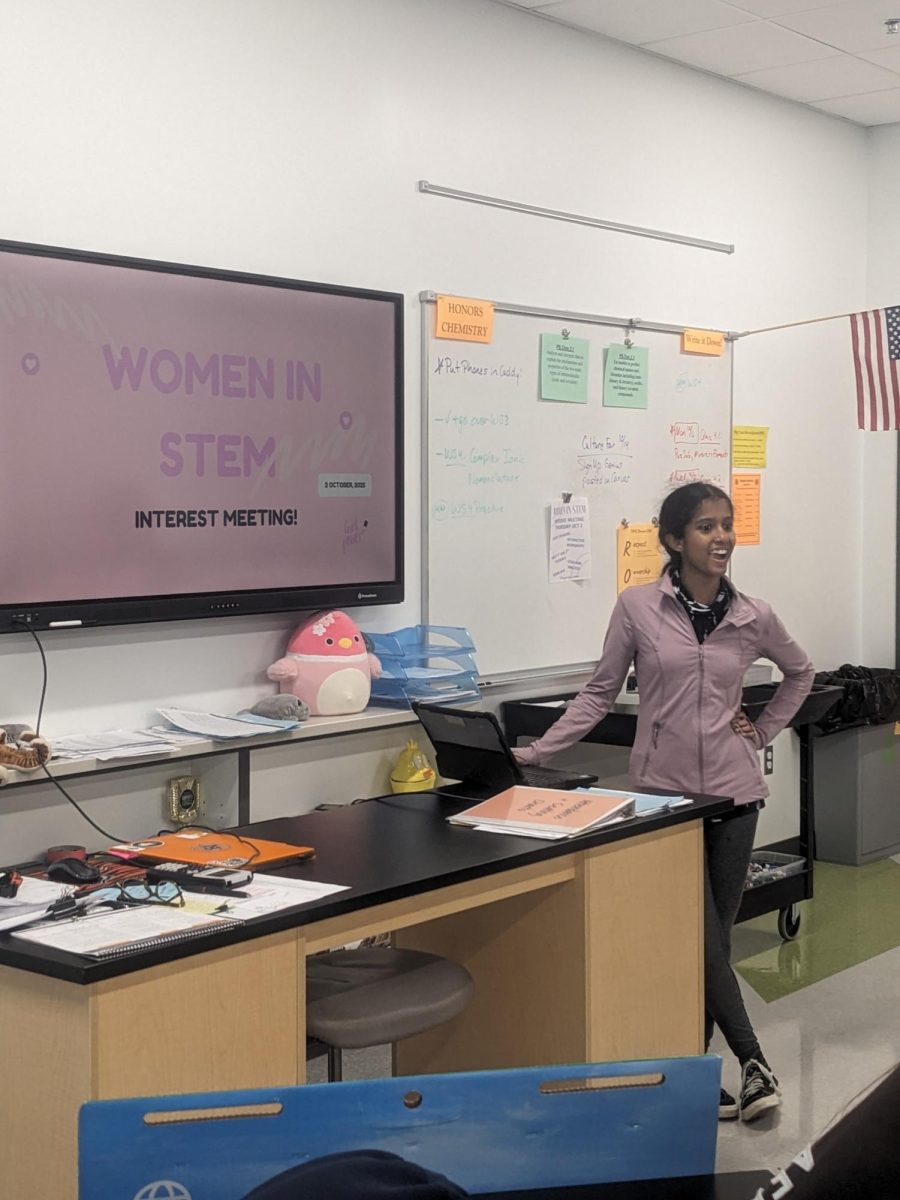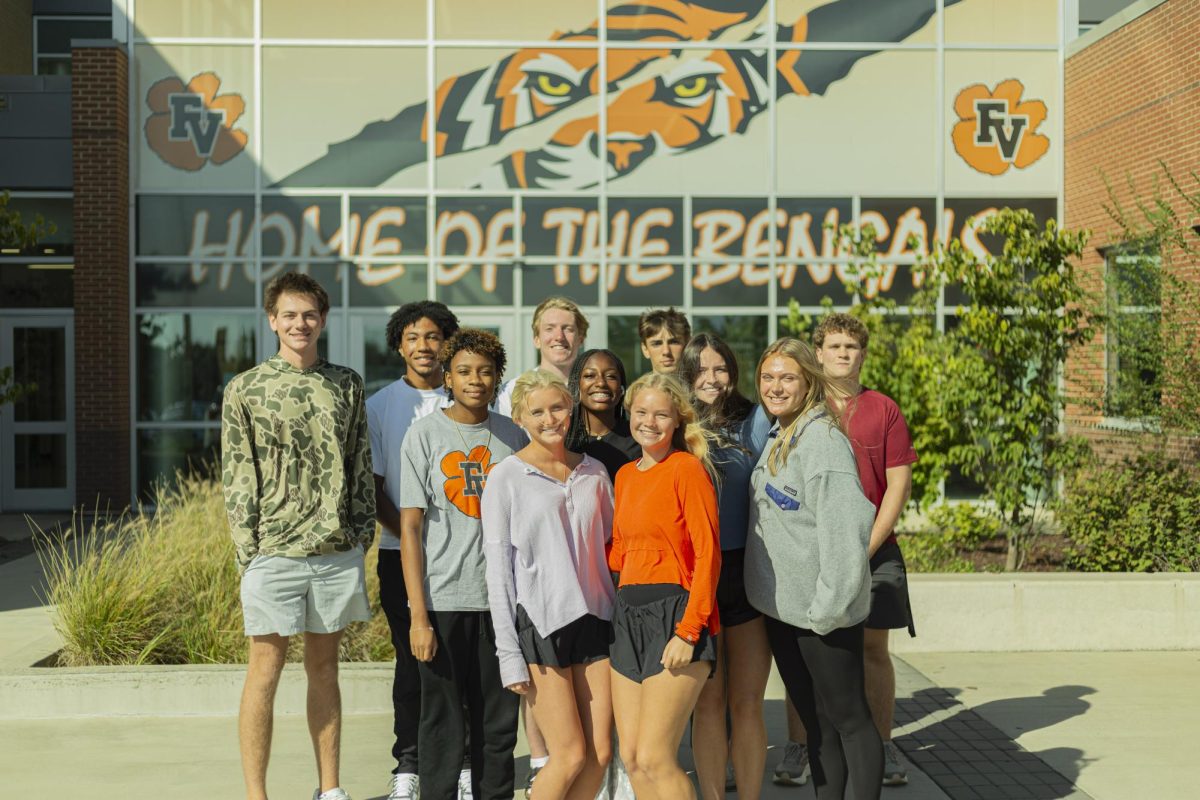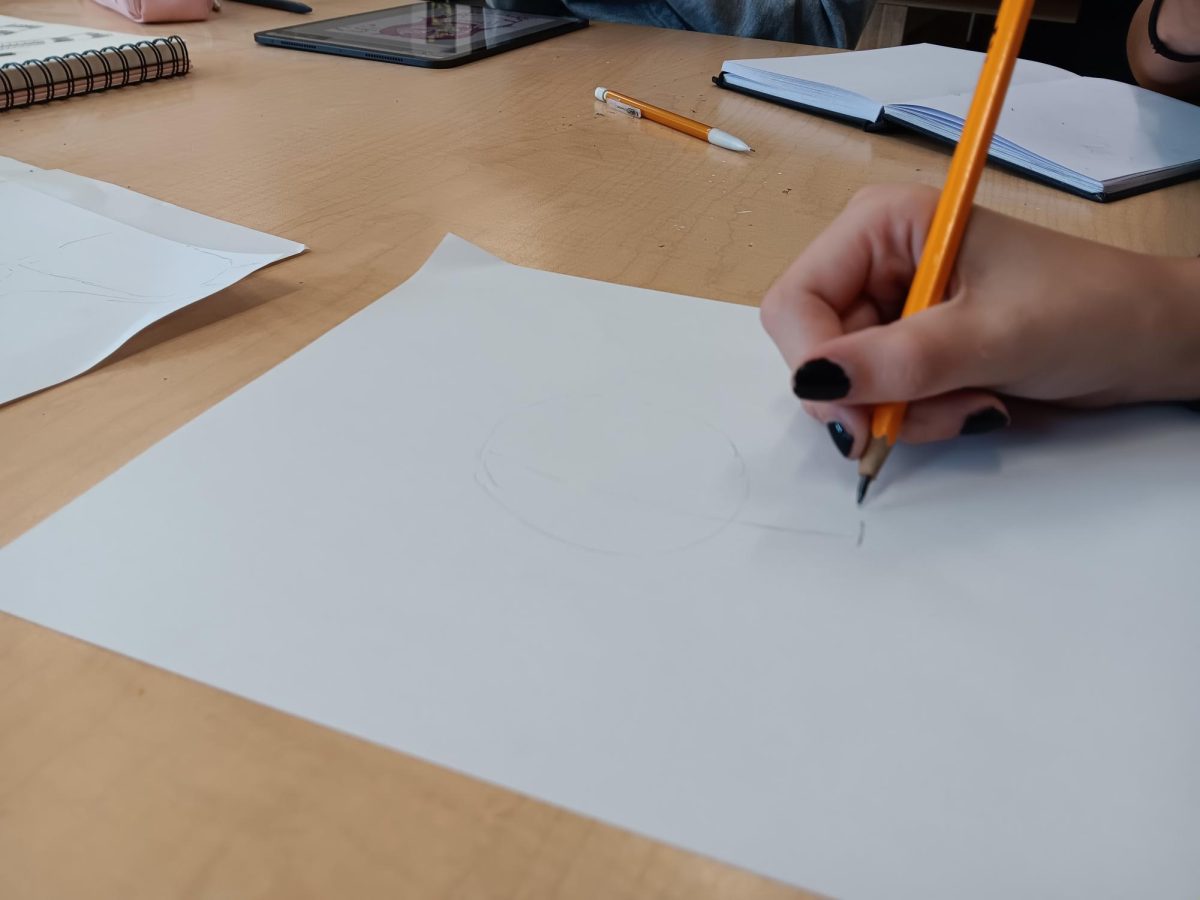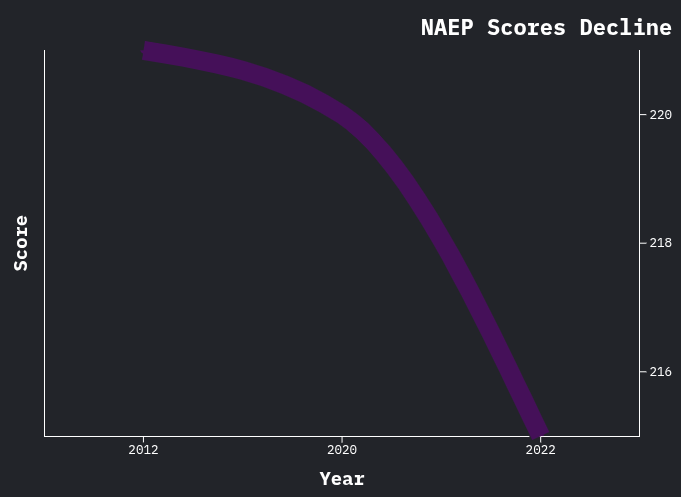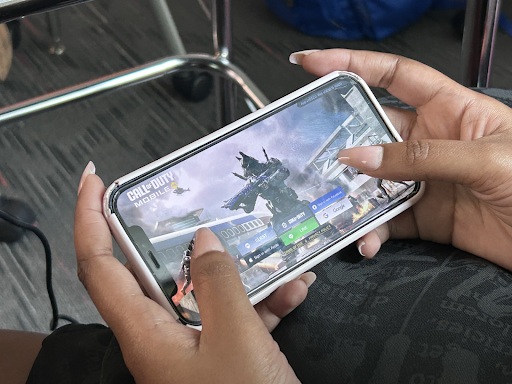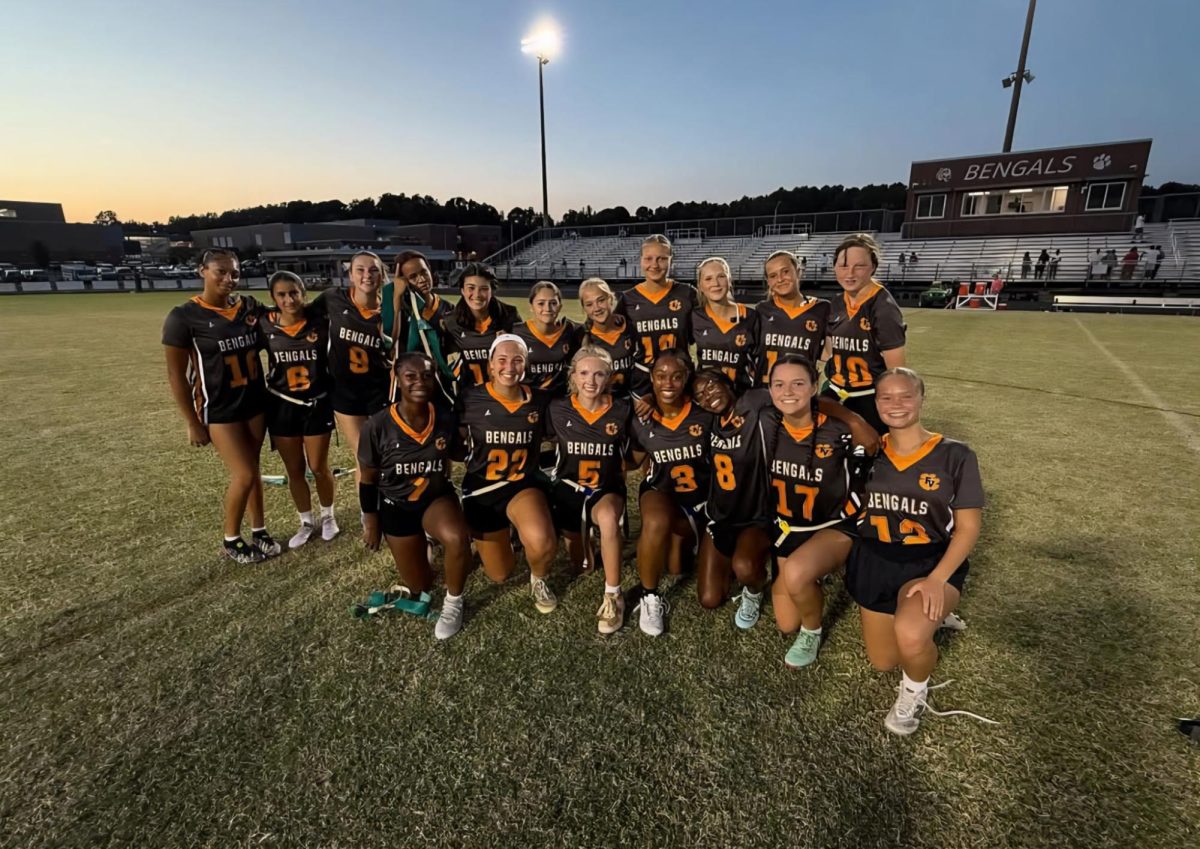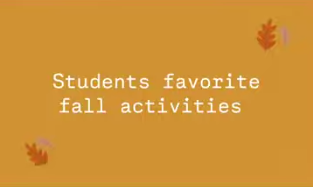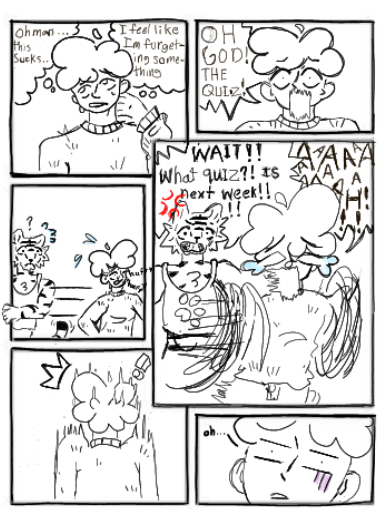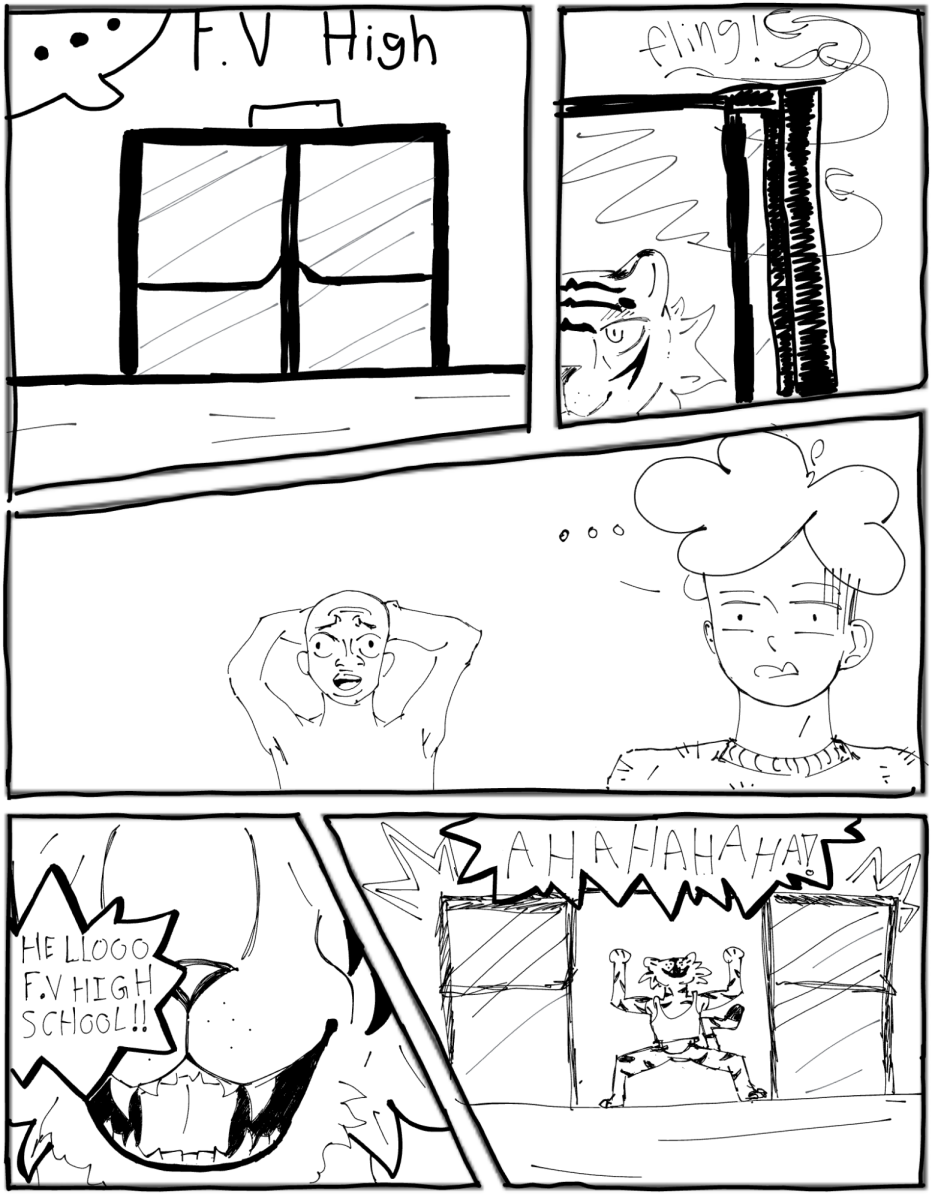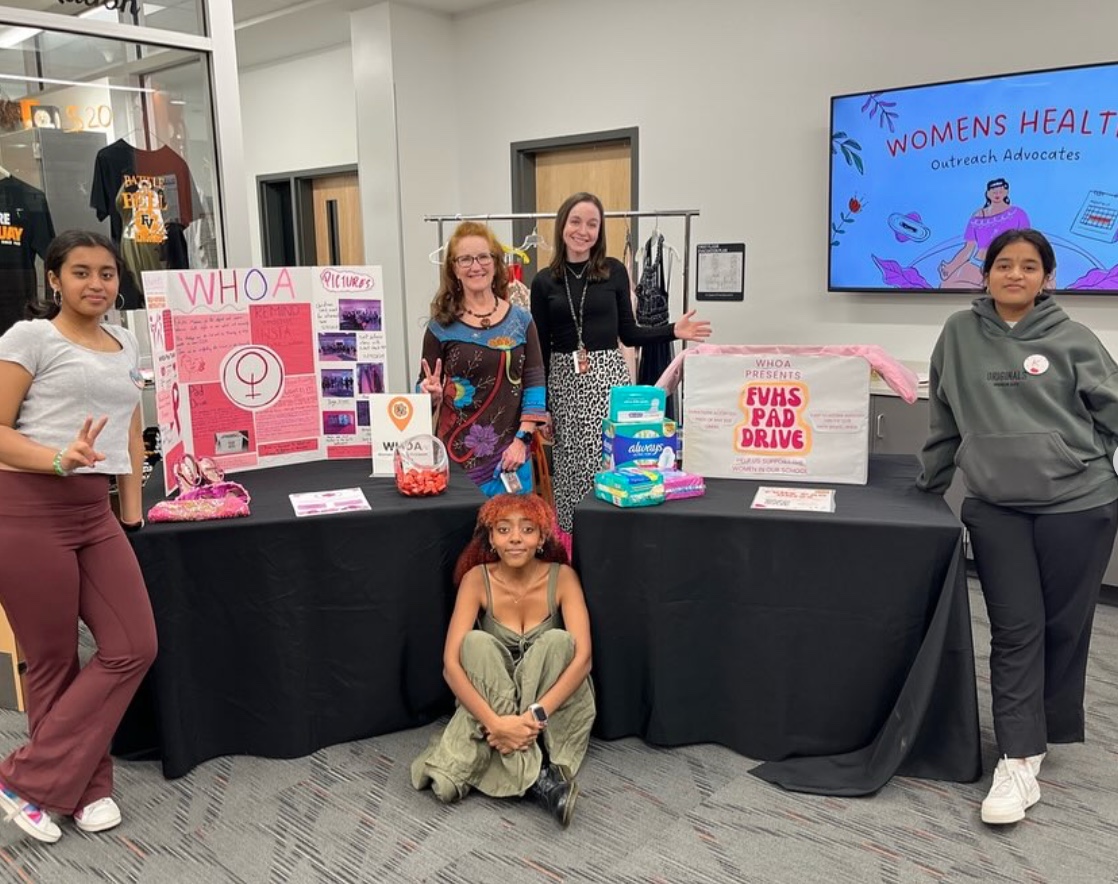Imagine you haven’t used a muscle in years. It would be very weak, right? Now imagine that muscle is your brain. Muscles need exercise and training to grow, and so does your brain. But after years of remote learning, endless screen time and letting artificial intelligence (AI) do the heavy lifting, society is experiencing the cognitive equivalent to muscular atrophy.
There are four main types of intelligence: cognitive, emotional, social and adverse. Today, society is falling short in cognitive intelligence (the kind tied to logic, math, and academic education).
The NAEP, also referred to as the Nation’s Report Card, has released scores revealing the decrease in North Carolina students’ cognitive abilities, specifically in areas of math and science. This decline isn’t just a statistic; it’s proof of lessened cognitive abilities, evidence that highlights a shift in how we think and learn. But what caused that decline? People’s intelligence has mainly decreased because of two driving forces: an excessive dependency on AI and the long term impacts of the pandemic.
Over-reliance on AI discourages critical and analytical thinking. As AI further develops, it is easier for students to use generative tools like ChatGPT to create their work for them and pass it off as their own. From a survey of five FVHS students, all participants reported having used AI tools to assist them with or even fully complete their assignments. This shows just how many people rely on AI instead of their brains, tying back to cognitive atrophy.
The Covid-19 quarantine led to lack of work and focus from students, which lessened content understanding while hindering the development of their learning abilities. Four out of five FVHS students reported decreased focus and attention while receiving digital instruction. A loss of focus turns learning into passive memorization as opposed to active thinking. Over time, this weakens cognitive skills like memory, critical analysis and the ability to learn new things.
Despite students’ personal experiences, some may argue that the pandemic was too long ago to severely impact students’ learning abilities.
However, learned material builds on itself. For example, students begin learning to count in kindergarten or preschool.
As they move through higher grades, those early counting skills become the foundation for understanding concepts like multiplication. Each new math lesson builds on previous knowledge, helping students tackle more advanced problems in higher-level classes. Nearly a year’s worth of lost instructional time is obviously going to affect the quality of students’ learning and understanding.
Additionally, if students don’t understand the fundamental concepts of any subject, not just math, they will struggle when trying to further their education in those subjects. This struggle to apply and further progress already learned concepts has become more common due to the pandemic.
Our brains are capable of incredible growth, but only when challenged. Remote learning and the rise of AI have made thinking optional, and we’re starting to see the consequences. It’s time to reintroduce cognitive resistance through increased discussion-based learning, fewer shortcuts and a stronger emphasis on critical thinking. If we want to make up for the intelligence that’s been lost, we need to start exercising our minds again, before the atrophy becomes permanent.

